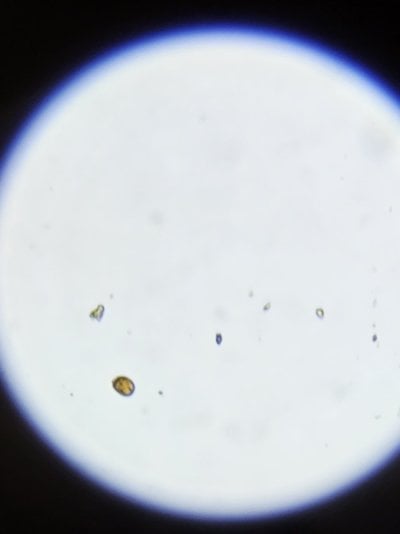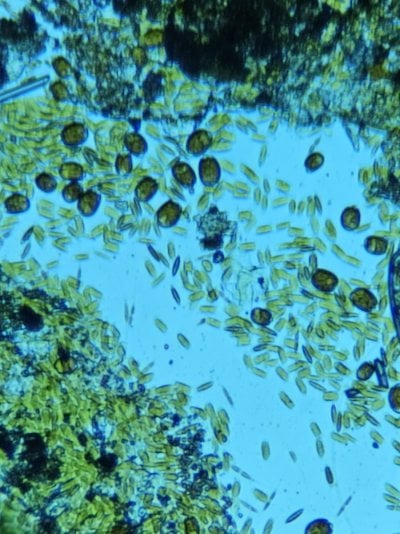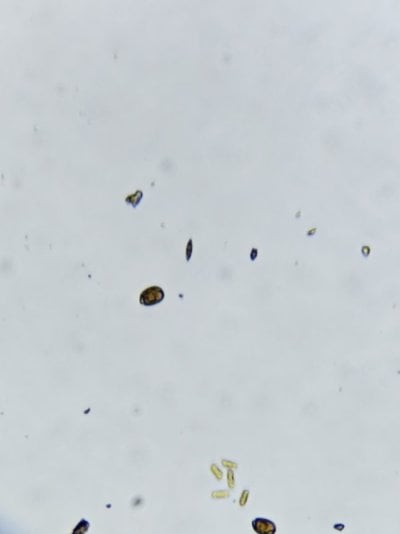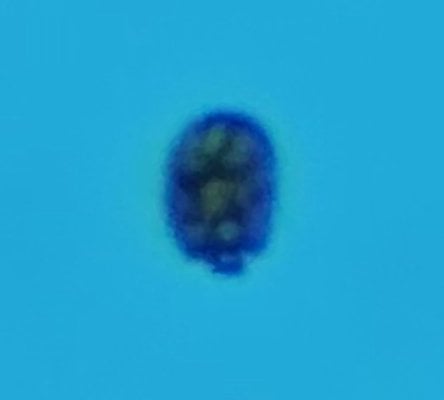Navigation
Install the app
How to install the app on iOS
Follow along with the video below to see how to install our site as a web app on your home screen.
Note: This feature may not be available in some browsers.
More options
You are using an out of date browser. It may not display this or other websites correctly.
You should upgrade or use an alternative browser.
You should upgrade or use an alternative browser.
Video and pictures WHAT is this?
- Thread starter Salty_Northerner
- Start date
- Tagged users None
vetteguy53081
Well known Member and monster tank lover
View Badges
Partner Member 2024
Excellence Award
Reef Tank 365
RGB
Article Contributor
Tampa Bay Reef Keepers
West Palm Beach Reefer
Hospitality Award
Ocala Reef Club Member
305 Reef Club
Wisco Reefers
Midwest Reefer
Fish Medic
MAC of SW Florida
Rock Pool Reef Keepers
R2R Secret Santa 2023
My Tank Thread
My Aquarium Showcase
Can’t open any of these on my phone
vetteguy53081
Well known Member and monster tank lover
View Badges
Partner Member 2024
Excellence Award
Reef Tank 365
RGB
Article Contributor
Tampa Bay Reef Keepers
West Palm Beach Reefer
Hospitality Award
Ocala Reef Club Member
305 Reef Club
Wisco Reefers
Midwest Reefer
Fish Medic
MAC of SW Florida
Rock Pool Reef Keepers
R2R Secret Santa 2023
My Tank Thread
My Aquarium Showcase
Can’t open any of these on my phone - not home
That's weird.. here's a few photos then.. I'll add them above.Can’t open any of these on my phone
vetteguy53081
Well known Member and monster tank lover
View Badges
Partner Member 2024
Excellence Award
Reef Tank 365
RGB
Article Contributor
Tampa Bay Reef Keepers
West Palm Beach Reefer
Hospitality Award
Ocala Reef Club Member
305 Reef Club
Wisco Reefers
Midwest Reefer
Fish Medic
MAC of SW Florida
Rock Pool Reef Keepers
R2R Secret Santa 2023
My Tank Thread
My Aquarium Showcase
Can’t open any of these on my phone - not home
Are they the tough ones to deal with, and what knocks them out?The dinos are amphudinium. The majority of the cells in the videos are harmless diatoms.
I have bactor7 and bactor7 clean at disposal. I also have Dr Tim's waste away or sludge remover ordered yesterday.
Lighting I can and have knocked back. A black out isn't an option right now. Ideas?
Yeah
I'm pretty sure the diatom isn't the species you said it is.The dinos are amphudinium. The majority of the cells in the videos are harmless diatoms.
Attachments
- Joined
- May 22, 2016
- Messages
- 6,970
- Reaction score
- 10,747
Yeah
I'm pretty sure the diatom isn't the species you said it is.
If you mean the dinoflagellate in the picture, then it still looks like amphidinium to me. That picture looks specifically like small cell amphidinium.
Why? Is it killing something? Smothering things? Or does it just look ugly and a bit brown?Still need a bit of guidance on beating this strain before hitting it with dinoX.
I ask because a lot of times people will do drastic cures for something that isn't a huge problem. In your case most of the brown pigment is diatoms which aren't even really a nuisance at all. They are food for many many organisms. Your dinos are a minority portion of the community of brown photosynthetic growth that you pictured.
That's just my perspective on your situation.
Thanks you @taricha for getting back to me. Under further searching and really no solid advice I did find out that you are correct. Very little dino and the vast community are diatoms. Your also correct on your perspective, it looks ugly on the sand bed. I'm trying to figure where the silicate is coming from. Also thought since they disperse into the water column as the lights are going down for the day it was Dino's but hear diatoms will do the same thing.If you mean the dinoflagellate in the picture, then it still looks like amphidinium to me. That picture looks specifically like small cell amphidinium.
Why? Is it killing something? Smothering things? Or does it just look ugly and a bit brown?
I ask because a lot of times people will do drastic cures for something that isn't a huge problem. In your case most of the brown pigment is diatoms which aren't even really a nuisance at all. They are food for many many organisms. Your dinos are a minority portion of the community of brown photosynthetic growth that you pictured.
That's just my perspective on your situation.
I was told it'll take 2 months to go away but it's been longer. I've shortened the lighting from the peak of 5hrs to 3 hrs and also entire photo period from 10 to 7 hrs. It seems to help and also been dosing bactor7 and bactor clean opposite days apart in hopes it'll do something.
All in all I freaked out and don't want to break the tank down like before. That when I had a massive explosion of dinos that were stressing the entire system out. Just afraid of the same but have come to the realization it's not anything as bad as before. Nutrients were a struggle but now got a grasp on them. N03 10-12 and po4 .05-.15 and do have a few tiny areas of gha growing so I'm happy about that. I think BRS messed up and sent me the wrong rodi filters of 5 micron where I ordered the 1 micron set. I can grab .5 micron locally and thinking that'll grab whatever is getting past the filters?
With a large bloom of diatoms you may have an unexpected silicate source. An ICP (one that includes both RO/DI and tank water) would confirm that and give you the source. Silicon does not show up on a TDS meter so you could have silicates getting through your RO/DI unit even with zero TDS.
Thank you, I think I narro
Thank you, I believe it was my RODI filters. They're 5 micron where I wanted 1 micron. I ordered a bag of anion beads to place a bed down then the Di beads. Hopefully it'll do the trick. I guess too it be good to just to stop all water changes as it seams to break out worse. Hopefully the filter change I did today helps and with no water changes I really hope it goes away for good.With a large bloom of diatoms you may have an unexpected silicate source. An ICP (one that includes both RO/DI and tank water) would confirm that and give you the source. Silicon does not show up on a TDS meter so you could have silicates getting through your RO/DI unit even with zero TDS.
Question for silica removal, I bought a mid size innovative marine media reactor. I used to stuff seachem phosguard in the filter sock and Rox carbon in the other sock. Using a media bag for both. Now I installed the media reactor and placed Rox carbon at the bottom, then sponge and phosguard above the carbon within reactor. Is that ok to mix the two Media separate from one another? Both media are sandwiched tight and have decent flow coming through the media and down the tube back into the tanks chamber. First video is flow, it that a good amount? 2nd video is a look through to how the media is. Any thoughts or is that ok?
Attachments
Similar threads
- Replies
- 4
- Views
- 260
- Replies
- 2
- Views
- 121
- Replies
- 15
- Views
- 190
- Replies
- 14
- Views
- 183






















